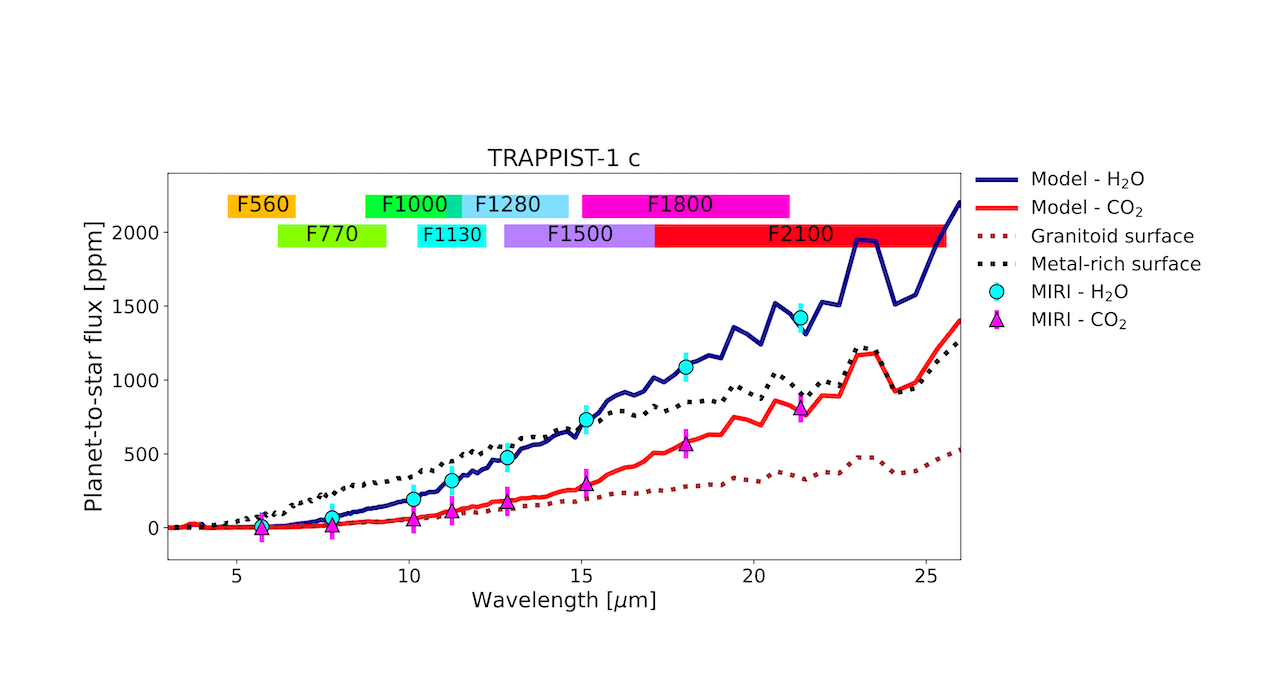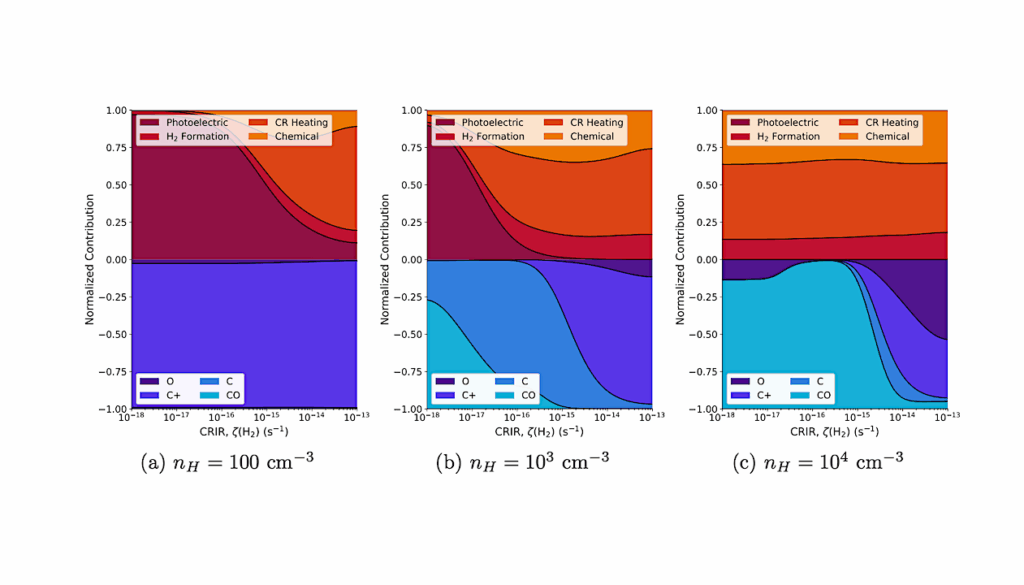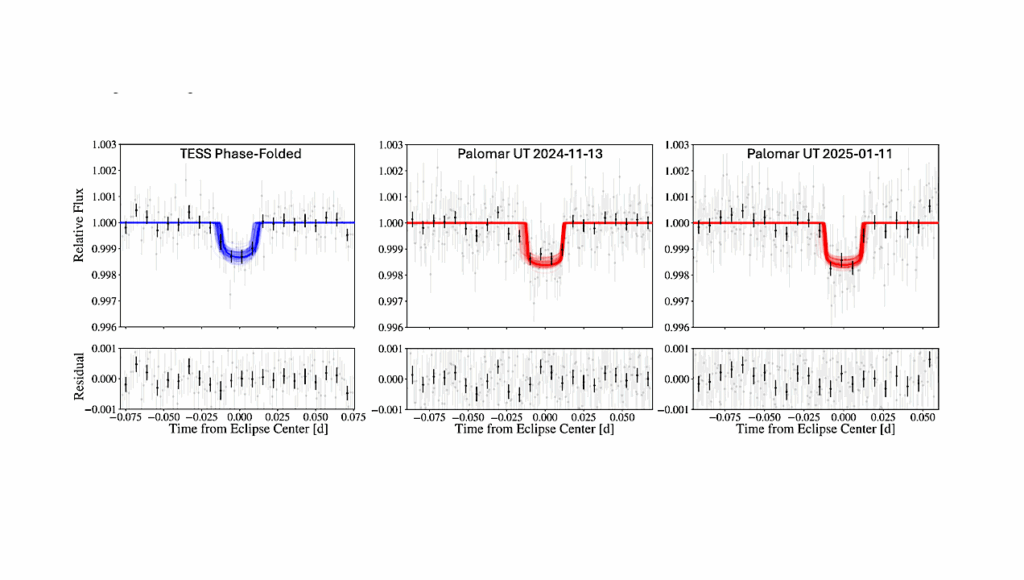Interior-atmosphere Modelling To Assess The Observability Of Rocky Planets With JWST

Super-Earths present compositions dominated by refractory materials. However, there is a degeneracy in their interior structure between a planet with no atmosphere and a small Fe content, and a planet with a thin atmosphere and a higher core mass fraction.
To break this degeneracy, atmospheric characterization observations are required. We present a self-consistent interior-atmosphere model to constrain the volatile mass fraction, surface pressure, and temperature of rocky planets with water and CO2 atmospheres. These parameters obtained in our analysis can then be used to predict observations in emission spectroscopy and photometry with JWST, which can determine the presence of an atmosphere, and if present, its composition.
To obtain the bolometric emission and Bond albedo for an atmosphere in radiative-convective equilibrium, we present the k-uncorrelated approximation for fast computations within our retrieval on planetary mass, radius and host stellar abundances. For the generation of emission spectra, we use our k-correlated atmospheric model. An adaptive MCMC is used for an efficient sampling of the parameter space at low volatile mass fractions.
We show how to use our modelling approach to predict observations with JWST for TRAPPIST-1 c and 55 Cancri e. TRAPPIST-1 c’s most likely scenario is a bare surface, although the presence of an atmosphere cannot be ruled out. If the emission in the MIRI F1500 filter is 731 ppm or higher, there would be a water-rich atmosphere. For fluxes between 730 and 400 ppm, no atmosphere is present, while low emission fluxes (300 ppm) indicate a CO2-dominated atmosphere.
In the case of 55 Cancri e, a combined spectrum with NIRCam and MIRI LRS may present high uncertainties at wavelengths between 3 and 3.7 μm. However, this does not affect the identification of H2O and CO2 because they do not present spectral features in this wavelength range.
Lorena Acuna, Magali Deleuil, Olivier Mousis
Comments: 15 pages, 9 figures. Accepted for publication in A&A
Subjects: Earth and Planetary Astrophysics (astro-ph.EP)
Cite as: arXiv:2305.01250 [astro-ph.EP] (or arXiv:2305.01250v1 [astro-ph.EP] for this version)
https://doi.org/10.48550/arXiv.2305.01250
Focus to learn more
Submission history
From: Lorena Acuna
[v1] Tue, 2 May 2023 08:30:11 UTC (1,509 KB)
https://arxiv.org/abs/2305.01250
Astrobiology








